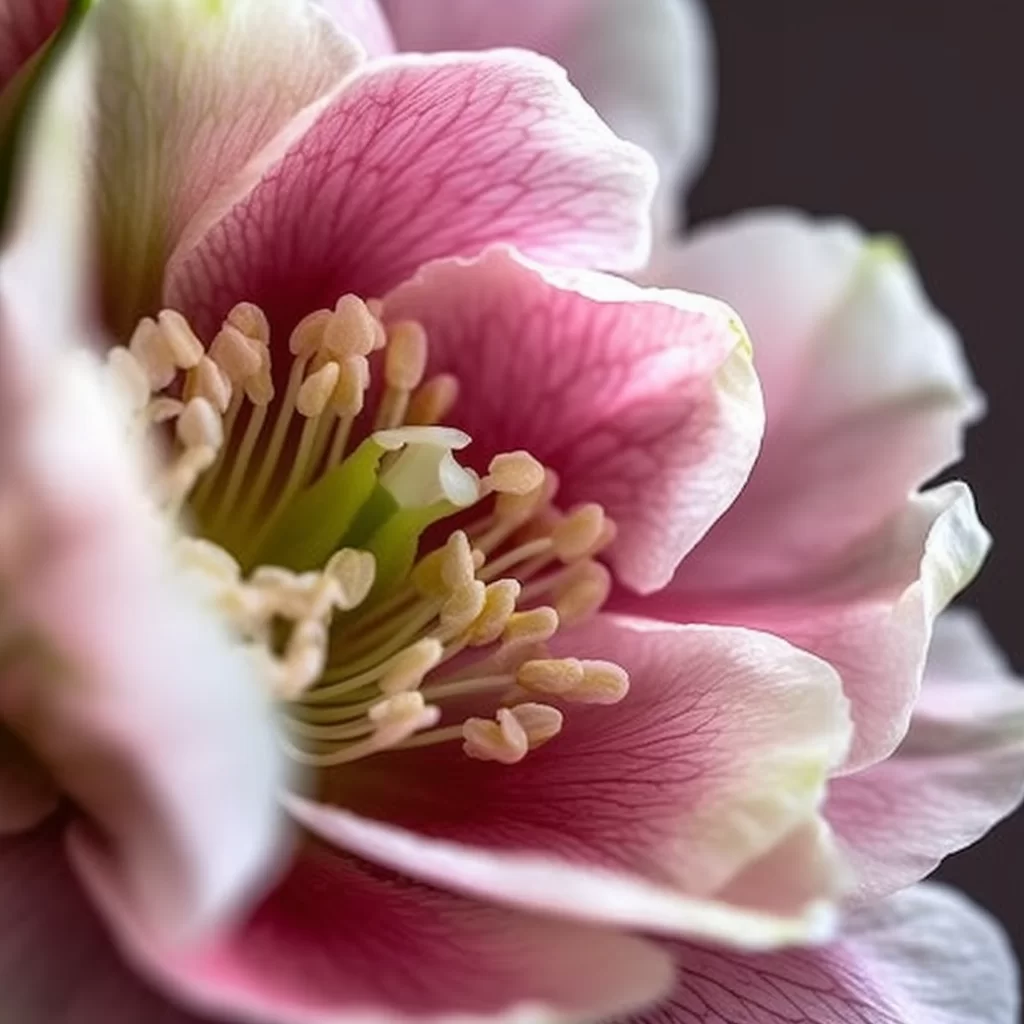Story of Day :
Contents
The Helleborus Plant: A Complete Guide and Care Tips
Ahhh, the helleborus plant.
Its name is a mouthful, but its beauty is worth every syllable.
This plant has become increasingly popular among gardeners thanks to its ability to bloom in the winter months.
Plus, it’s easy to care for! In this article, we’ll be sharing everything you need to know about growing and caring for your own helleborus plant.
What is a Helleborus Plant?
The helleborus plant, also known as the Lenten rose or Christmas rose, belongs to the Ranunculaceae family of flowering plants.
Native primarily to Europe and Asia, they are perennial plants that produce beautiful blooms in various shades of white, pink and red.
Why Grow a Helleborus Plant?
- Blooms during winter months when many other plants have gone dormant
- Low maintenance plant that requires minimal pruning
- Grows well in both sunlit areas and shady spots
- Drought-tolerant once established
How To Grow A Helleborus Plant?

Determine The Ideal Growing Conditions For Your Specific Type Of Hellebore:
Hellebores come in different types such as hybrid hollies (HGC), lenten roses (H x orientalis) , stinking roses(H foetiditus), etc., so it’s important first determine which specific type you have before planting them.
- Sunlight: The ideal location differs between species; some prefer full sun while others require partial shade.
As long as the helleborus plants get at least 3-4 hours of direct sunlight per day, they should thrive.
- Soil Type: Hellebores prefer well-drained soil that’s rich in organic matter.
The PH level of the soil should be between 6.0 and 7.5, which can be measured with a simple soil testing kit.
- Water: Hellebores are drought-tolerant, but they still require regular watering especially during hot weather conditions or when planted in containers.
It is essential to keep the soil moist but not waterlogged.
Fertilizing A Helleborus Plant

Helleborus plants don’t require much fertilizer to grow properly although adding compost annually will help improve their health and growth rate by providing extra nutrients and improving drainage in heavy soils.
Also add light fertilizers such as aged animal manure or fish emulsion once every three months after planting them
Caring For Your Helleborus Plant
Pests And Diseases To Watch Out For
The good news is that hellebores are generally resistant to most pests and diseases that commonly plague other garden plants.
However, there are a few issues you might encounter:

- Aphids: These small insects feed on sap from leaves of hellebore plants causing stunted growth, discolored leaves and reduced blooms.
They can easily be removed by spraying them off with a hose or organic insecticidal soap.
- Powdery mildew :This fungus leads to white powdery spots on leaves causing it to dry out quickly if not treated early enough using recommended fungicides specifically formulated for powdery mildew
- Black spot: This disease causes dark blotches on the leaves of hellebores and can weaken and kill the plant if not treated early enough with fungicides.
Pruning A Helleborus Plant
Hellebores do not require regular pruning, except when they have finished blooming (usually in late spring) or to remove damaged or yellowing foliage that might be diseased.
Cut back any old leaves from last year’s growth as soon as new growth starts.
In Summary
The helleborus plant is a beautiful addition to any garden, especially during the winter months when many other plants have gone dormant.
As long as you provide them with adequate sunlight, well-drained soil, and regularly water them during their first year of establishment after planting , they should thrive.
With minimal maintenance required throughout the year except for occasional pruning and fertilization.
